Data science is the field of science that works to organize information so it can be used.
From weather reports to business analytics, huge amounts of data surround us every moment.
When used correctly, data guides our decisions and helps move society as a whole forward. But it’s not just for the adults. Data science is for kids, too!
What is data science for kids?
Data science for kids is how we teach kids to collect data, analyze it, and organize it in useful ways.
Data science is a growing field, in fact, employment of data scientists is projected to grow 36 percent from 2021 to 2031, much faster than the average for all occupations. The most obvious use is data scientists who are analyzing data for big business or government organizations.
However, people also work at organizing information and finding patterns every day. So, the idea of teaching data science to kids isn’t as far-fetched or intimidating as it might sound. If you have kids, you may already be teaching them the basics!
Kids in today’s world can benefit from learning data science in a more in-depth or formalized manner. Kids who understand how to organize data will have a huge leg up in analytical thinking and job opportunities. After all, the amount of data being collected on a daily basis is only increasing.
Data science for kids is how we teach kids to collect data, analyze it, and organize it in useful ways.
Is data science easy for kids?
Every child is different, so learning data science is going to be easier for some kids than for others.
As with many other informational sciences, data science requires a strong understanding of mathematical principles. Kids with an interest in science and math may have an easier time learning data science than kids who struggle with these subjects.
Data science will also be easier for kids who have experience with computational thinking and coding. Data science heavily relies on these principles to analyze large amounts of data.
Kids who dislike math, or aren’t experienced with computers, will also have a disadvantage when learning data science. That doesn’t mean it’s impossible, but it will be much easier with a foundation in those skills.
What skills are required for data science?
Like other complex subjects, it is a good idea to have a base understanding of several important skills before trying to master data science.
Pattern Recognition
At the most basic level, kids should be able to recognize complex patterns. Then, they can use that recognition to predict where those patterns are headed. Pattern recognition is often taught at a younger age, but can sometimes get ignored as kids get a bit older. However, since data science uses large amounts of information, the ability to spot patterns is extremely helpful.
Databases
They should also at least be familiar with using databases as a way of organizing and manipulating datasets. This is important, as the size of the data sets used in data science can be very large. If proper database management techniques aren’t in place the data can quickly become very messy.
Data Visualization
Another great skill to have is the ability to take the data and organize it into useful charts and graphs. This skill is called data visualization. It is incredibly important for being able to present and explain the patterns in the data.
Coding
It is also essential to be able to code. Data scientists use algorithms and AI to find patterns and make predictions from datasets. If they’re building these programs themselves or even if they are modifying a program, they’ll need to write code.
Does data science require coding?
Yes, coding is an absolutely essential skill for data scientists.
According to Edx.org, the top 9 programming languages for data scientists are:
- Python
- R
- SQL
- Scala
- Julia
- JavaScript
- Java
- C/C++
- MATLAB
For kids, learning to code can be a ton of fun, when done right. CodeWizardHQ’s coding classes are an excellent place to learn Python.
Data scientists regularly deal with huge amounts of information. Trying to understand what it means would be like exploring the depths of the ocean without any SCUBA gear. You may be able to see the bits that are nearest to the surface, but to make deeper connections, you’ll need the right tools to really dive in.
Data Science for Kids in Python
To get the job done, data scientists use a wide array of different coding languages.
Each language offers its own advantages and disadvantages for analyzing the data. The specific language needed for a task depends largely on the set of data and how it needs to be changed. However, if you’re wondering which language to start with, you can’t go wrong with learning Python.
Python is one of the easiest coding languages for kids to learn, but it is also surprisingly robust. It’s used to run many of the world’s largest sites and is used in many professions, including data science. In fact, in a report done in 2018, 66% of all Data Scientist’s reported using Python on a daily basis!
For instance, a data scientist might use Python to write a function that filters out duplicates from their data set. They do this so they can get a clearer picture of the data they need. Or they could use JavaScript to build a dashboard that lets them interact with the information more easily.
Here’s a Python code snippet commonly used in data science to read data from a CSV:
import pandas as pd
data = pd.read_csv('data.csv')
print(data.head())It should come as no surprise that, since it is such a popular coding language, there are a ton of useful courses for learning Python out there. Unfortunately, the vast majority of courses are aimed at adult learners. With its focus on small class sizes and live instructors, CodeWizardsHQ offers some of the absolute best Python classes for kids.
5 Tips for Teaching Data Science to Kids
When you’re thinking about key skills that you should be teaching your kids, data science probably doesn’t sound like a topic that would have the same sort of weight as reading, writing, and arithmetic, but odds are you’re already teaching them the basics without even knowing it!
At its core, data science is just the process of gathering information and using it to make informed decisions.
It may be something that most parents are already doing, but it’s worth the effort to make sure that you’re doing it well.
Here are 5 tips for intentionally teaching data science to kids:
1. Teach them to ask Quantifiable Questions
It’s hard for kids to make data-informed decisions if they don’t have any data to work with.
The world is full of questions to be asked and problems to be solved. That’s a core principle of science! Encourage your kid to watch out for these problems and to get them to ask questions about them.
“Why” is always a popular question with kids, but it’s not easy to quantify. If you want data to analyze, questions that start with “how much” or “how often” are often more helpful. These questions have answers that are easier to quantify, which is helpful for organizing information.
Questions like, “How often do I eat apples?” or “How many kids were at the pool today?” are easy to put a number to and can be lots of fun to research!
2. Chart out the Data
Even with smaller data sets, if you don’t take the time to organize them well it’s much more difficult to see patterns. Teaching kids how to organize their data gives them a skill that can be useful not only in doing science but also in making everyday decisions!
In day-to-day life, charting out data looks like making to-do lists, meal planning for the week, or budgeting an allowance, which are all useful skills. Starting with these relatively small data sets can help kids get a feel for how organizing information can make it easier to understand.
Putting data in a simple table is an easy way to start, but as kids get more capable they can take the data from those tables and turn them into graphs that make patterns easier to see!
3. Help them to Find Patterns
In early education, kids are often taught to find patterns in a sequence of shapes or colors. Further development of pattern-seeking often gets overlooked. That’s a real shame because patterns are everywhere and they can be really helpful for making decisions.
It could be as easy as helping them notice the patterns in their daily routine by filling in a calendar, or teaching them songs with simple patterns. Older kids can find patterns while helping plan meals for the week (e.g. tacos on Tuesdays means left-over rice for fried rice on Wednesdays).
Teaching kids to find patterns is an important first step in data-driven problem-solving, and can be just as useful (and fun!) in day-to-day life as it is in scientific discovery.
4. Encourage kids to make data-driven predictions
Finding patterns is important, but if it isn’t applied, it’s ultimately useless. That’s why it’s so important to help kids make predictions based on the patterns that they see!
Making predictions is all about looking at the data that has been organized and trying to figure out what it says about the problem at hand. If you have data on when there are more or fewer kids at the pool and data on daily temperatures, you could ask them to predict if the pool will be crowded or not based on the day’s temperature.
If the prediction can be tested, do so. When kids get their predictions right, it’s super validating, but even if they get it wrong it can be a great learning experience!
5. Code, Code, Code!
When kids are just learning about data, small sample sizes mean that it’s easy enough to track, chart, and analyze by hand, but real world data scientists often deal with huge sets of data.
Understanding how code can help scientists to understand their data is a major part of data science, so coding definitely needs to be a part of any budding data scientist’s learning.
I mentioned Python before, and, if your kids are ready for a text-based language, it’s a great place to start. However, even if your kids aren’t ready for Python, there are some great drag-and-drop options out there, including Scratch. Scratch coding isn’t something that will carry over into a coding career, but it is an excellent way to help kids learn coding concepts before diving into something like Python or Java.
5 Data Science Platforms for Kids
The basic concepts of Data Science can be fairly easy for kids to pick up. However, if your kid is serious about a career in data science, at some point they’re going to have to go deeper than just the basics.
The tools and platforms that real-world data scientists use range from generic database programs to pretty specialized tools. Luckily, there are several useful platforms for learning and doing data science that can help kids get a leg up!
IBM Skillsbuild Courses
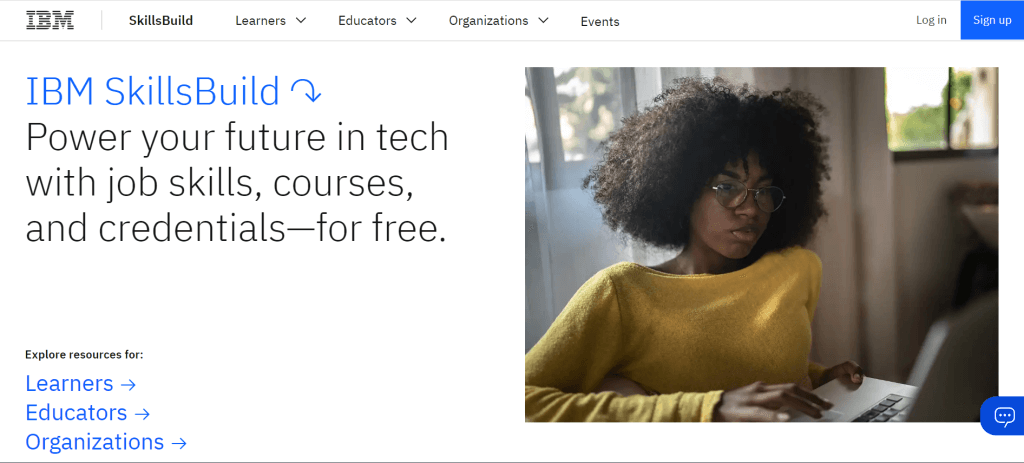
IBM’s Data Science Skillsbuild Course offers several different data science resources for students covering hours of instruction. This is an amazing free resource and a great place to start for older kids interested in a career in data science!
These courses cover tons of data science related topics, from techniques for managing large amounts of information to real life profiles of data scientists describing what they do on a day to day basis.
Data Games
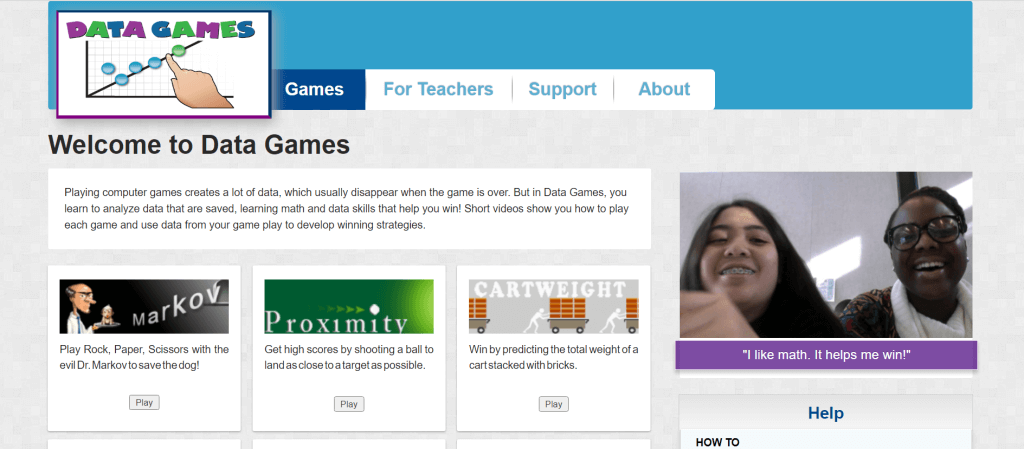
If your kids aren’t quite ready to dive into the nuts and bolts of advanced data science, this collection of data games is an easy and fun place to start!
The SRRI (Scientific Research Reasoning Institute and the University of Massachusetts Amherst collaborated to design these games. They are an approachable way of introducing data analysis and statistics concepts to kids.
They’re surprisingly fun and feature slimmed-down analytic tools based on the Fathom and TinkerPlots data analysis tools. This gives kids some hands-on experience with real data analytics.
Overall, this is a great choice for building kids’ interest in data science!
Create&Learn Platform
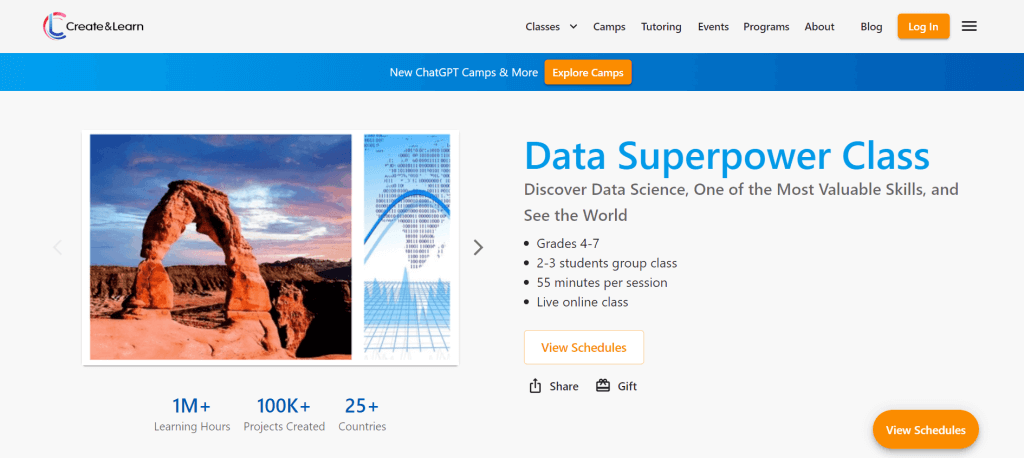
Create&Learn is an online learning platform for kids. It features a wide variety of classes discussing topics like internet safety, the science behind NASA, website design, and, of course, Data Science.
Their Data Superpower Class is a weekly online class with a live instructor. It goes over the basics of what data science is and discusses why it’s so valuable in today’s world.
CodeWars
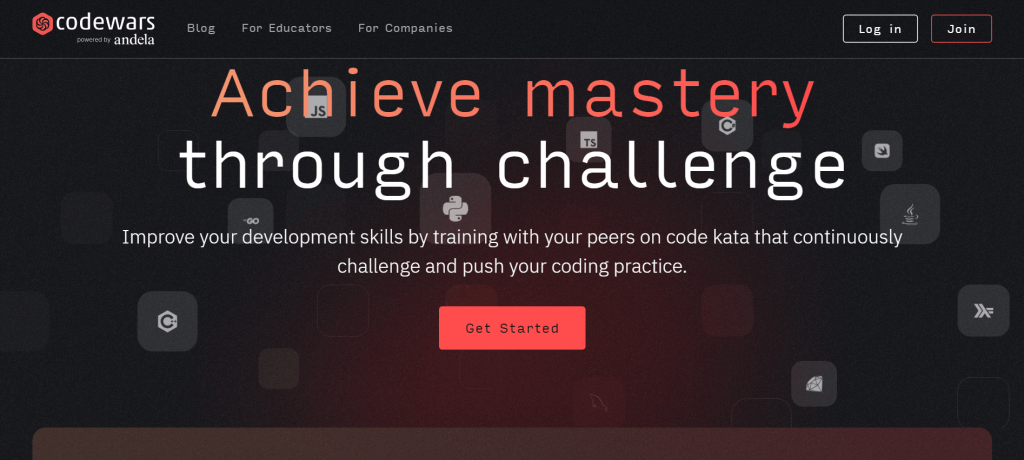
I cannot stress enough how important, for kids interested in Data Science, a good coding foundation is. Python, in particular, is so useful for analyzing and manipulating data.
You can (and should!) enroll your kids in Python coding courses to get them going. But, if they are keen on sharpening up their skills outside of class, CodeWars is an online platform that offers coding challenges to help coders of all ages to build their abilities.
Solving the different challenges can be a ton of fun, and is a great way to build real world skills!
Tableau Data Visualization Software for Students (Ages 16+)
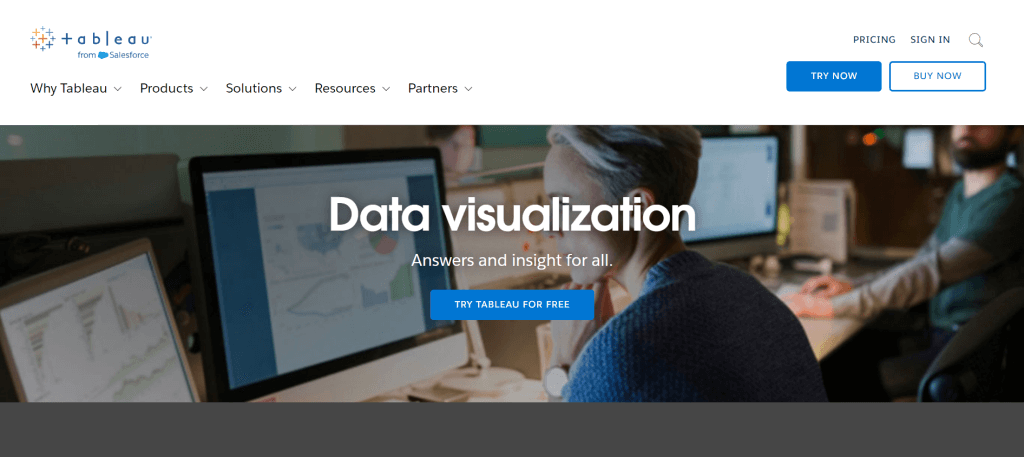
Most of the focus on Data Science goes towards data analysis. However, in many businesses, the process of visualizing and presenting that data to decision-makers in a way that it can be helpful is often just as important.
Data scientists use Tableau Data Visualization Software to present the data in their databases in visually appealing ways. Tableau provides access to its software for free to students, but it is quite advanced and requires a good understanding of databases to use.

